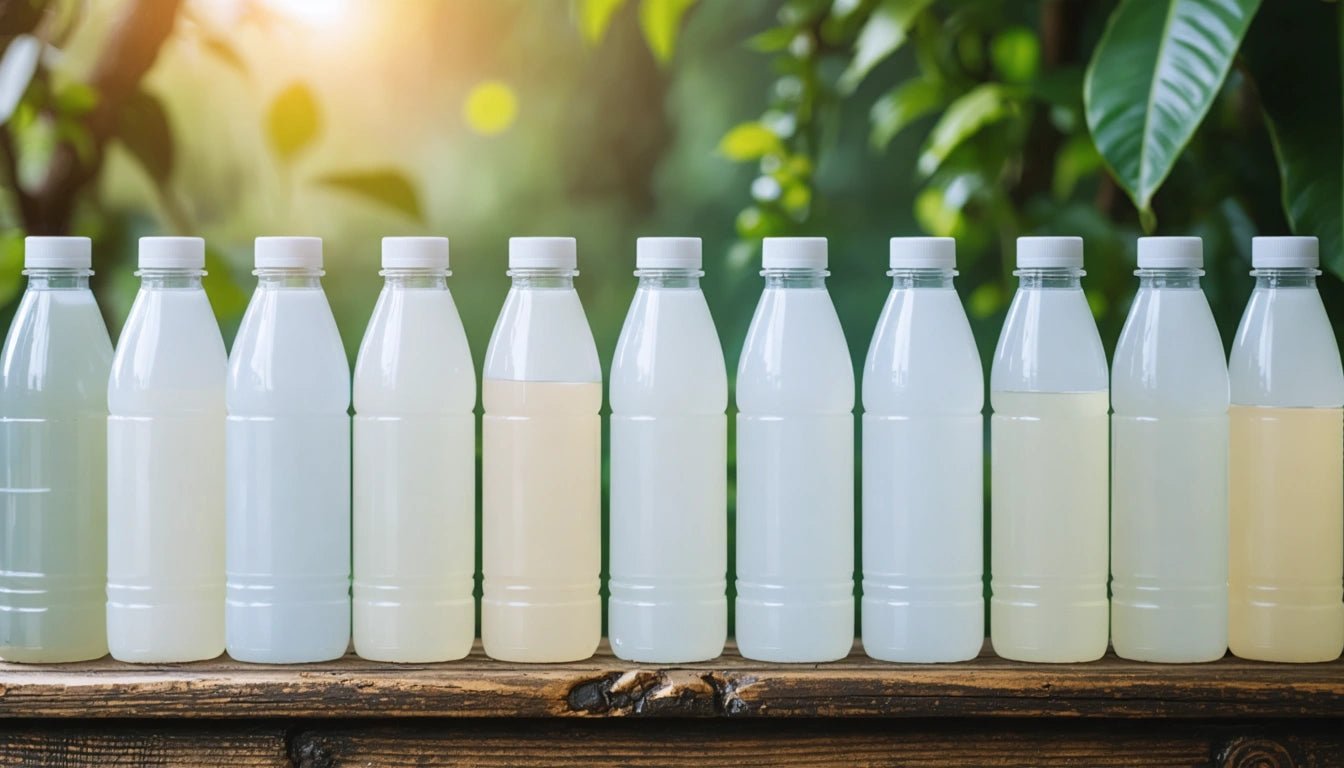Table of Contents
Visualizing 1000 Bottles of Baby Oil: Size, Volume, and Appearance
When trying to conceptualize large quantities of products, it can be challenging to mentally picture what 1000 bottles of baby oil would actually look like or how much space they would occupy. Whether you're planning inventory for a retail operation, organizing a warehouse, or simply curious about volume visualization, understanding the dimensions and total volume of 1000 bottles provides valuable perspective.
Standard Baby Oil Bottle Sizes: How Big Were the Bottles?
Baby oil typically comes in several standard retail sizes:
- Travel size: 3-4 fl oz (88-118 ml)
- Standard size: 14-16 fl oz (414-473 ml)
- Family size: 20-24 fl oz (591-710 ml)
The most common consumer size is the 14 oz (414 ml) bottle, which typically measures approximately 7-8 inches tall and 2-3 inches in diameter. These bottles are designed for easy handling and typically feature a flip-top or pump dispenser.
For our calculation purposes, we'll use the standard 14 fl oz (414 ml) size as our reference point. Understanding bottle sizes helps establish the foundation for visualizing large quantities.
Total Volume Calculation: How Many Gallons is 1000 Bottles?
To calculate the total volume of 1000 bottles of baby oil, we need to convert fluid ounces to gallons:
1 gallon = 128 fluid ounces
If each bottle contains 14 fluid ounces:
Total volume in fluid ounces = 14 oz × 1000 bottles = 14,000 fl oz
Converting to gallons:
14,000 fl oz ÷ 128 fl oz/gallon = 109.375 gallons
Therefore, 1000 bottles of standard 14 oz baby oil would contain approximately 109.4 gallons of liquid. This is comparable to about two standard 55-gallon drums or roughly the amount of water in a small hot tub.
For those more familiar with metric measurements, as explained in this guide to milliliters and ounces, the total volume would be approximately 414 liters (414,000 ml).
Visual Representation: What Does 1000 Bottles Look Like?
Visualizing 1000 bottles requires considering both the physical space they occupy and how they might be arranged:
Stacked in Cases
If the bottles were packed in standard retail cases (typically 12 bottles per case), you would have approximately 83-84 cases. Stacked on a standard pallet (40" × 48"), these cases might reach about 7-8 feet high, depending on the case dimensions.
Lined Up Side by Side
If placed side by side in a single row, with each bottle having a diameter of approximately 2.5 inches, 1000 bottles would create a line approximately 208 feet long (2.5 inches × 1000 ÷ 12 inches/foot). That's about two-thirds the length of a football field.
Arranged in a Grid
In a square grid formation (for example, 32 × 32 bottles with a few remaining), 1000 bottles would cover an area approximately 7 feet × 7 feet, assuming 2.5-inch diameter bottles with minimal spacing.
When considering specialized packaging for different types of products, many companies need similar volume calculations. For instance, custom packaging solutions for pre-rolled products often require precise volume estimations to maximize storage efficiency while maintaining product integrity.
Storage Considerations for Large Quantities of Bottles
Storing 1000 bottles efficiently requires careful planning:
- Weight considerations: 1000 bottles of baby oil would weigh approximately 875-900 pounds (not including packaging)
- Temperature stability: Most oil-based products require storage between 59-86 °F (15-30 °C)
- Stacking limitations: Most plastic bottles shouldn't be stacked more than 3-4 layers high without proper shelving
- Space requirements: Approximately 40-50 cubic feet of storage space would be needed
Understanding small volume containers and their storage requirements is crucial for inventory management, especially when dealing with large quantities of similar-sized products.
Practical Applications of Understanding Container Volume
Knowing how to visualize and calculate large quantities of bottled products has several practical applications:
- Inventory forecasting and warehouse space planning
- Shipping and logistics calculations
- Understanding environmental impact of packaging
- Retail display planning and merchandising
For businesses that deal with various container sizes, from small 50 ml bottles to larger 750 ml containers, being able to accurately estimate space requirements helps optimize operations and reduce costs.
Whether you're planning inventory for a retail operation, organizing warehouse space, or simply satisfying curiosity about volume visualization, understanding the dimensions and appearance of 1000 bottles provides valuable perspective for planning and organization.



















